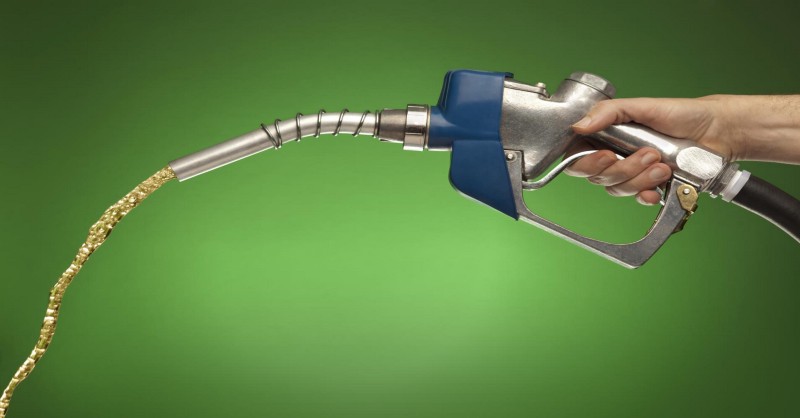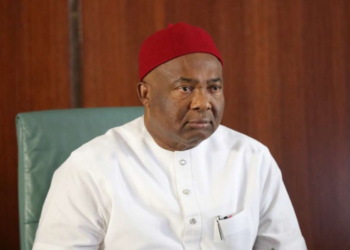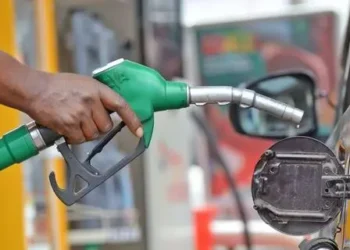Nairametrics| Last week the National Bureau of Statistics released its monthly PMS/Petrol price watch. The price watch takes an average of fuel prices across all states in Nigeria and is a critical benchmark for predicting the prices of goods and services across the country. Along with the exchange rate, the PMS price watch are perhaps the two most influential factors in determining the direction of consumer prices in the country.
The latest data shows PMS prices are taking a nasty new turn. According to data from the NBS, the average PMS price for March was N149.4 per litre, slightly lower than the N149.8 recorded in February 2017. Despite the drop, the average price for March is still above the N146 average recorded between May 2016 and December 2016. In fact, the national average as been trending upwards since January 2017.
A cursory look at the data point to a few worrying signs
[read more=”Keep reading” less=”Read Less”]
Red herring
- Less than a dozen states now sell fuel below the official pump price of N145/litre
- Lagos State recorded an average price of N147.5
- Fuel price in the North East, South East and South-South zones were above N150
- Three geopolitical zones recorded an average price of below N150
- International oil prices have been rising steadily in the last few weeks as OPEC countries maintain planned cuts.
Implications
- An increasing national average for PMS suggest petrol marketers are passing on higher cost of distributing products to consumers
- With the average price of N145 breached for the third month running, the government may have no choice but to consider reviewing the current pricing template
- NNPC has been subsidizing the price of petroleum products and may continue to rack up losses as oil prices continue to rise in the international market
- Traders will soon start reflecting the price increase in the cost of goods and services, threatening he recent moderation in inflation rates.
Some people might find our prognosis a little off the mark but this is the main reason why the NBS publishes this data. National average fuel prices cannot be moving up without a reason. While the call for removal of subsidy may continue to land on deaf ears, the government might soon face up to the tough choice of reviewing the current pricing template. You bet when it does so, prices could be reviewed higher and not lower.
[/read]

















